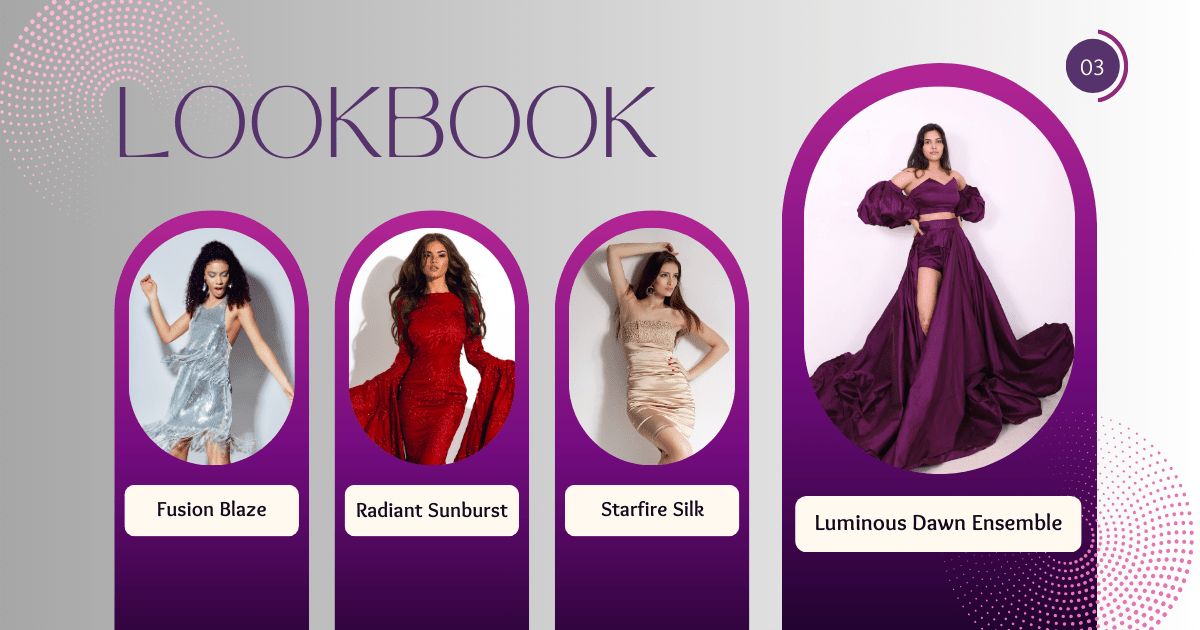Introduction
Most people think of fashion as a global industry that is concerned with predicting our wardrobe choices and desired public personas. However, fashion is more than a business. In addition, it is a social and cultural phenomenon motivated by a need for novelty. Because of this, the fashion industry can never totally dictate style—fashion is all about being adaptable.”
Implementation the Core of Fashion
Beyond fads, fashion is a symbol of uniqueness, creativity, and progress. Recognizing the transforming ability of dress to communicate identity and shape views is essential to understanding the essence of fashion. Immerse yourself in the rich tapestry of fashion as you set out on your adventure, from historical influences to modern trends.
Fashion Design as an Art Form
The craft of design is fundamental to fashion. As you investigate design principles such as color theory, fabric selection, and garment construction, you can unleash your creativity and improve your abilities. Your ideas will come to life when you develop an acute sense of detail and embrace experimentation, resulting in clothes that exude charm and authenticity.

Getting Around the Fashion Industry
From ready-to-wear to haute couture, the fashion business is a dynamic network encircling many different sectors. Become familiar with the industry environment, taking note of its nuances, major players, and changing trends. To stay ahead of the curve in terms of innovation, keep up with trade exhibitions, fashion weeks, and industry journals.
Training and Education: Laying the Groundwork
Fashion design is driven by imagination, but it also requires a strong base of knowledge and abilities. Attend formal fashion design school or take specialized classes to gain technical expertise and industry awareness. Additionally, look for internship or apprenticeship options to get practical experience and build important relationships in the business.
Enhancing Your Individual Style Ideology
Authenticity is your best advantage in a crowded market. Develop your own distinctive style identity by investigating a variety of sources, trying out various methods, and adhering to your artistic vision. Your unique viewpoint is what will make you stand out in the cutthroat field of fashion design.
Innovations In Fashion Designing
industrial developments in Fashion Design Technology is transforming the fashion business by providing new opportunities for efficiency and innovation. Adopt digital tools to accelerate your design process and quickly and accurately realize your concepts, such as CAD software, 3D printing, and virtual prototyping.

Building Your Identity: Idea to Market
The shift from imaginative dreamers to astute businesspeople is something that aspiring fashion designers have to manage. Create a thorough business plan that details your target market, marketing approach, and brand identification. Use networking opportunities, e-commerce channels, and social media platforms to promote your
Overcoming Obstacles: Keeping Going in the Thrill of Passion
There are many obstacles in the way of a successful fashion designer career, such as intense competition and self-doubt. Develop tenacity and resilience, and see failures as chances for personal development. As you progress, surround yourself with a network of mentors, colleagues, and business experts who can offer support and direction.
FAQs
What is the duration required to become a fashion designer?
A fashion designer needs to be committed and persistent. Although two to four years is the average length of formal education degrees, success in the sector may need years of experience and networking.
Which competencies are necessary for a fashion designer?
Creativity, technical mastery of design software and garment construction, effective communication skills, and a deep awareness of consumer tastes and fashion trends are all necessary for fashion designers.
Does becoming a fashion designer require attending a fashion school?
Formal education is not necessary to succeed in fashion design, but it can offer useful skills and industry expertise. A lot of accomplished designers have developed their skills through independent study, apprenticeships, and practical experience.
How can I stay inspired and motivated as a fashion designer?
Whether it’s from personal experiences, art, culture, or nature, surround oneself with inspiration. Keep up with the latest developments in the field and look for chances to collaborate and share ideas with other designers.
Which new trends are we seeing in the fashion industry?
Among the new trends influencing the fashion industry are digital innovation, inclusivity and diversity, and sustainable fashion. Technological breakthroughs, varied representation, and ethical standards are becoming more and more important to designers.
To what extent does the fashion business value networking?
In the fashion industry, networking is essential for establishing relationships, looking for opportunities, and getting recognition for your work. Go to fashion shows, networking mixers, and industry events to broaden your professional network and build meaningful connections.


